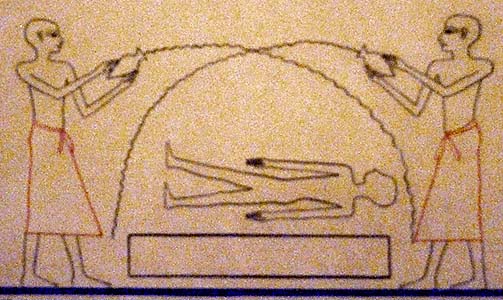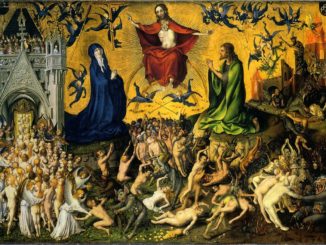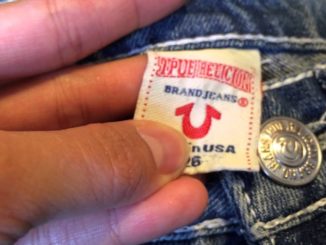
The ancient Egyptian mystic writings, The Book of the Dead, describes much of mummification. A lot of the ancient Egyptians followed the Book of the Dead, therefore mummification was needed when a person deceased to go on to the other world. This article will tell you some information that are fascinating about mummification. Now we know that mummification was very important for the individuals of ancient Egypt. Also, cats were mummified after death.
Maintaining ones, body of a dead person was needed and there was arranged a basic funeral practices in the world of ancient Egypt. If the corpse was not reserved, then the "Ka" would not can to come back and help the dead people. If the body had taken standard method and putrefied, it would become unrecognizable, therefore the "reception of the life powers" would starve and the life after death would be in jeopardy of the individual who passed away. Due to this thing the individuals of ancient Egypt used mummification for the purpose of prevent the dead body from putrefying.
Many individuals think mummification as just being a technical process in order to fill the corpse, the truth is that mummification was a ritual ceremony too. They were constantly looking into recreating Osiris, who was one of the most admired gods in Egypt thousands of years ago. The "Hery Seshta" was the man who was responsible of doing the mummification; he is the person who became the part of Anubis, the jackal god. The assistant of the mummification ceremony is the "Hetemw Netjer", the assistant embalmer priest. The individual who was declaiming the magic writings during the mummification was called as the "Hery Heb", the lector priest. The one who did the actual removal of the body's organs together with bandaging up the body was called the "Wetyw", the embalmer.
When somebody died, he would be moved to the place of washing and cleansing. This place is where a person would be rinsed in natron. When this was done, a person would be taken to the "house of loveliness", this is where the mummification would be completed. The insides of the deceased one were taken out, dehydrated, rinsed and then packed. The internal organs were placed in containers where they would be placed with the corpse. They would beautify the containers with the "four sons of Horus." "Hapy" is the god that had a baboon skull and he took care of the lungs, "Imety" sheltered the liver and he had the human head, "Duamutef", the god with jackal head took care of the stomach and "Qebehsenuff" was the god with a falcon head that protected the bowels.
Lastly, the corpse was left for almost 6 weeks to dehydrate. After the dehydrating time the ancient Egyptian people steeped corpse with perfumed liquids. Also, maybe fake eyes might have been added. The mummy was ready to jump to the new world.
There are today some fascinating museums which have the famous exhibitions of mummies. Those museums are Egyptian Museum in Cairo, the Ägyptisches Museum in Berlin and of course, the British Museum in London.
Proudly WWW.PONIREVO.COM



